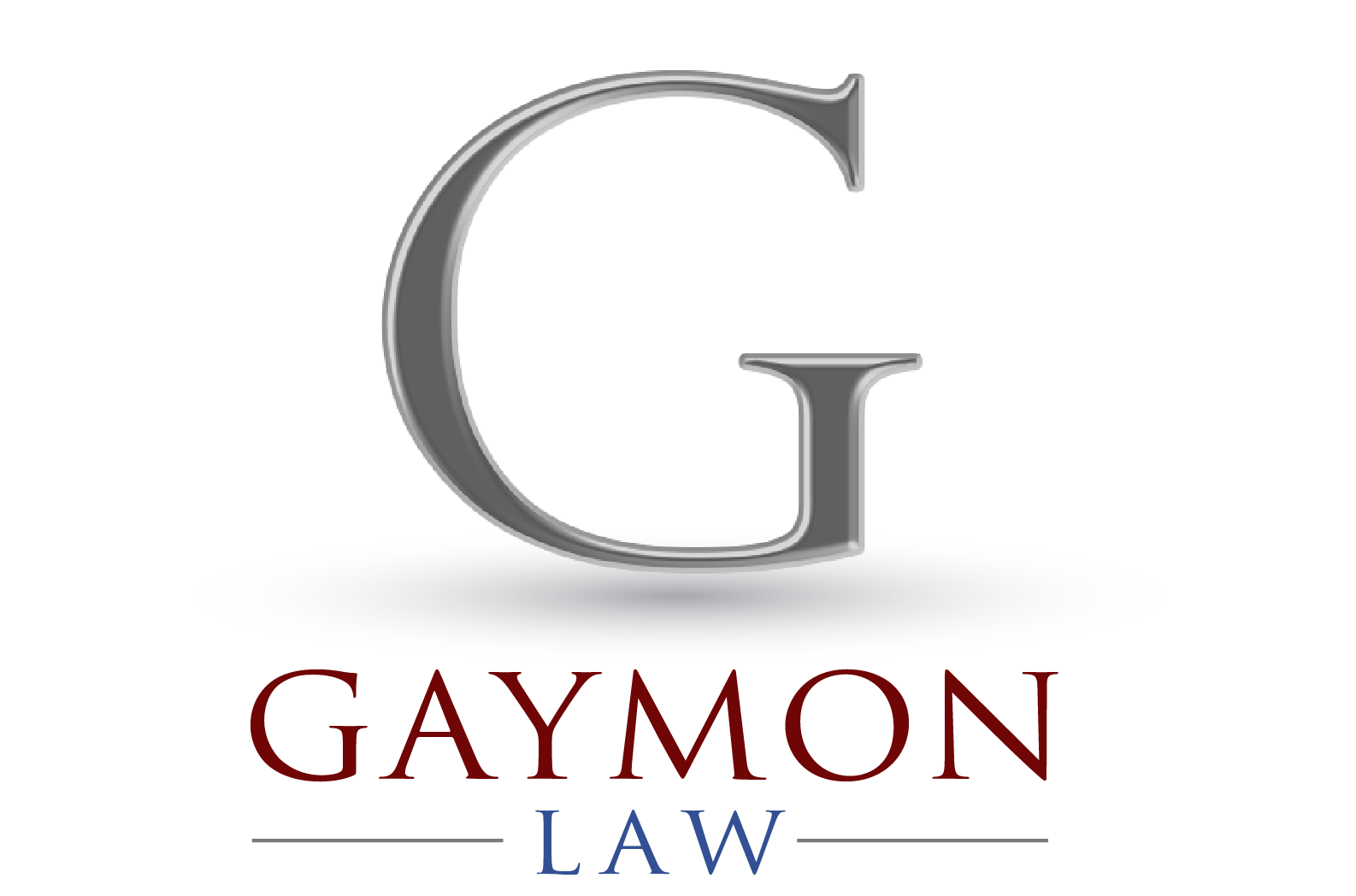BANKRUPTCY TAX RELIEF
Most people, including many tax professionals, mistakenly believe that federal income taxes are never dischargeable in a bankruptcy. This myth is wrong. Although the intersection of the United States Bankruptcy Code, the Internal Revenue Code, and IRS lien and levy rights is complicated, bankruptcy relief is often the best way to solve a serious tax problem and stop IRS collection activity. The filing of a bankruptcy case automatically and immediately stays (stops) IRS bank account levies and wage garnishments, and enables the taxpayer to either obtain a discharge or reorganize his or her tax liabilities.
Income Tax Discharge Guidelines
The Bankruptcy Abuse Prevention and Consumer Protection Act of 2005 (BAPCPA) enacted by Congress and signed by the president in 2005 essentially merged the tax discharge rules applicable to Chapter 7, Chapter 13 and Chapter 11 bankruptcies. These rules are complex, and their specific application to a taxpayer depends on the individual facts and circumstances of a case. In simple, generic terms, most “old” taxes can be discharged (eliminated), while “new” tax liabilities are treated as “priority taxes” and are non-dischargeable.
The ability to discharge a tax in bankruptcy, and the selection of the proper bankruptcy chapter, is primarily determined by four dates: (1) the last date on which the taxpayer’s return was due for the year of the delinquent tax; (2) the date the taxpayer actually filed the applicable return; (3) the date the tax in question was assessed by the IRS; and (4) the proximity of the foregoing dates to the taxpayer’s bankruptcy case filing date. These time requirements are found in Bankruptcy Code (the “Bankruptcy Code”) Sections 507(a)(8)(A)(i), 523(a)(1)(B) and 507(a)(8)(A)(ii), respectively. Generally, the Bankruptcy Code allows an individual to discharge an income tax if all of the following requirements are met:
- The tax return was filed more than two years before the bankruptcy filing;
- the tax return was due more than three years before the bankruptcy filing;
- the tax liability was assessed more than 240 days before the bankruptcy filing;
- the taxpayer did not file a fraudulent tax return or engage in tax fraud or evasion; and
- a tax return was actually filed for the delinquent tax liability.
In plain language, the bankruptcy discharge of a personal income tax liability is primarily governed by the lapse of different time periods from the tax return due date, the actual return filing date and the tax assessment date, to the date of a taxpayer’s bankruptcy filing date. These periods can be thought of as separate statutes of limitation periods that expire over different time frames. Once all of these time periods have expired, a tax liability will change from a non-dischargeable “priority tax” into a “non-priority tax” that, in most cases, will be dischargeable in a bankruptcy case. An income tax will be dischargeable (subject to certain bad conduct rules) if all of the foregoing time periods have expired: (1) the taxpayer’s return was due (including all extensions) more than three years before the bankruptcy filing (the Three-Year Look Back Rule); (2) the return was actually filed more than two years before the bankruptcy filing (the 2-Year Filing Rule); and (3) the tax was actually assessed more than 240 days before the bankruptcy filing (the 240-Day Assessment Rule).
Unfortunately, calculation of the beginning and end of the Two-Year Rule, Three-Year Rule and 240-Day Rule is not simple, and often requires experience in reviewing and interpreting IRS tax transcripts. Additionally, the running of these time periods can be extended (or tolled) by many different events. For example, a prior bankruptcy stops the clock, or tolls, the running of the Two-Year Filing and Three-Year Look Back time periods; an offer in compromise will toll the running of the 240-Day period; and a Collection Due Process Appeal of a proposed IRS tax assessment will toll the commencement, and hence the running, of the 240-Day period. The various time and limitation periods for tax collection and bankruptcy discharge, and the possible occurrence of events that may toll the running of these “limitations” periods, are among the most important considerations in planning for and implementing strategies to solve a client’s delinquent tax obligations.
The availability and benefits of a bankruptcy discharge of income tax liabilities may also be impacted by the existence of a filed Notice of Federal Tax Lien encumbering the taxpayer’s property. A filed federal tax lien attaches to all of the taxpayer’s real and personal property and must be taken into account in any bankruptcy filing or other delinquent tax solution considered by the taxpayer or the taxpayer’s legal counsel. The interplay of delinquent federal tax liabilities, a filed tax lien and bankruptcy – always one of the most complex areas of law – has been further complicated by provisions contained in The Bankruptcy Abuse Prevention and Consumer Protection Act of 2005. If you have had a federal tax lien filed against you, it is imperative that you seek knowledgeable tax and legal counsel.
If you have a serious tax problem, you need an attorney who is experienced in two worlds, tax AND bankruptcy. Paul O. Gaymon, Jr. has that experience. Mr. Gaymon has helped many taxpayers solve their tax and financial problems through the bankruptcy process. He understands the discharge of taxes in bankruptcy and the treatment of federal tax liens and levies in the bankruptcy process.
If you have a serious tax or financial problem, please consider contacting me at The Gaymon Law Firm, PLLC, telephone (703) 407-9130, or by completing the Contact Form contained on this Web site.


